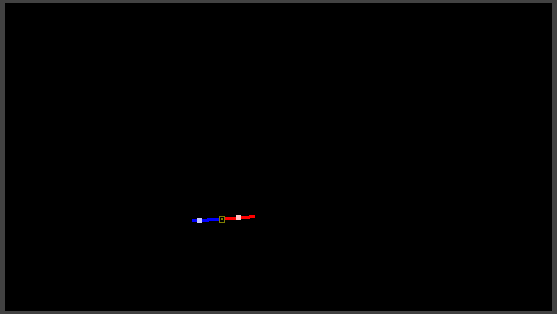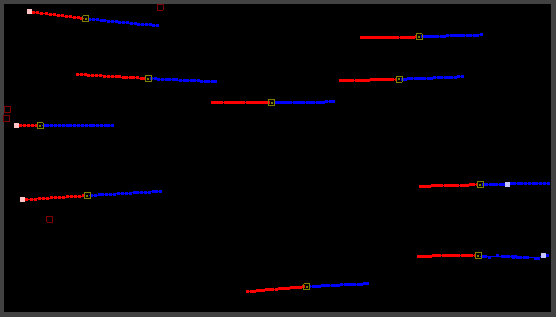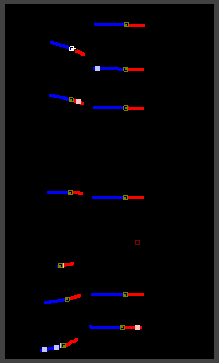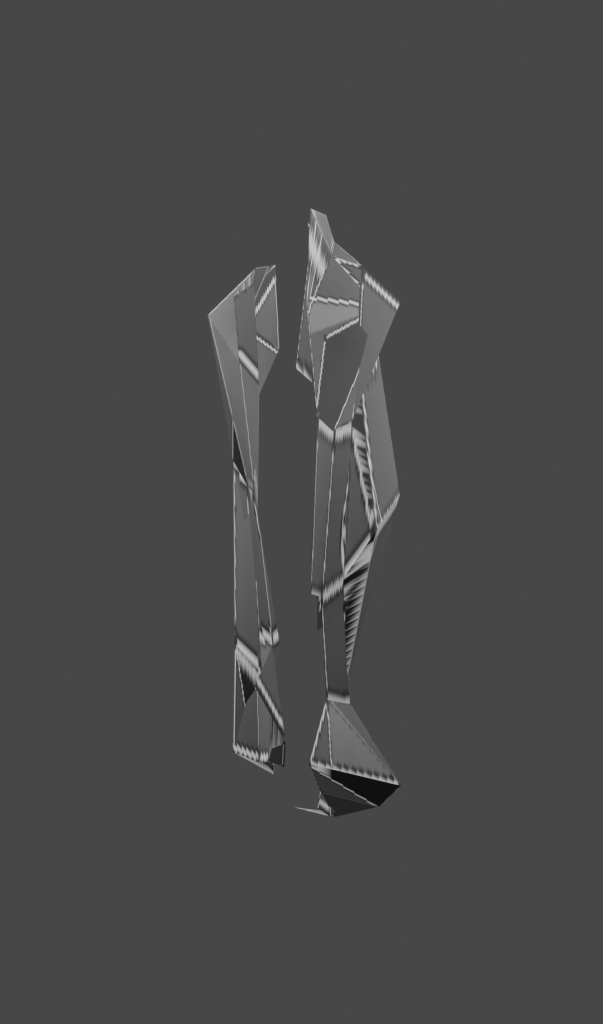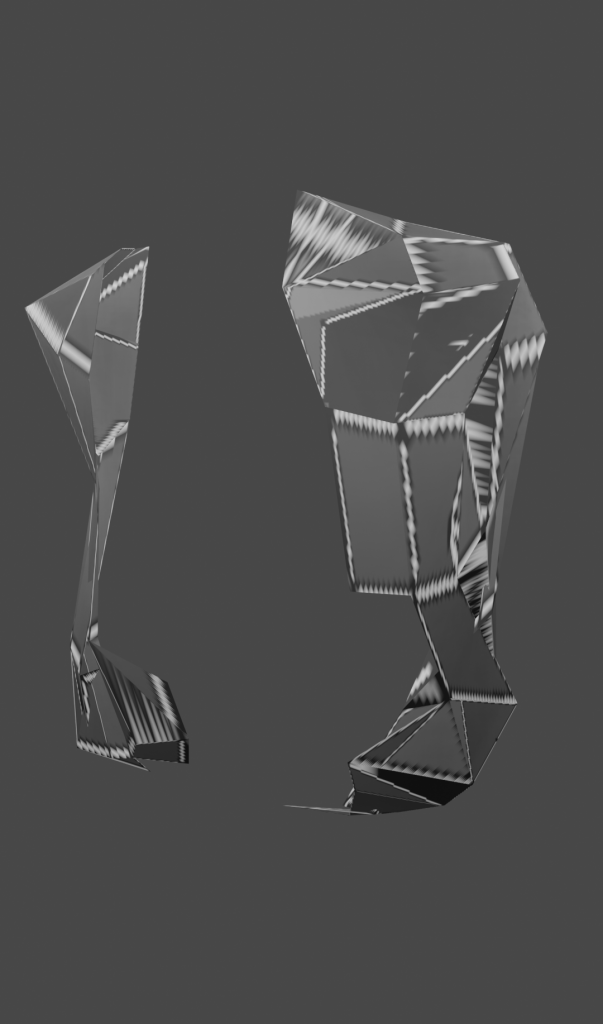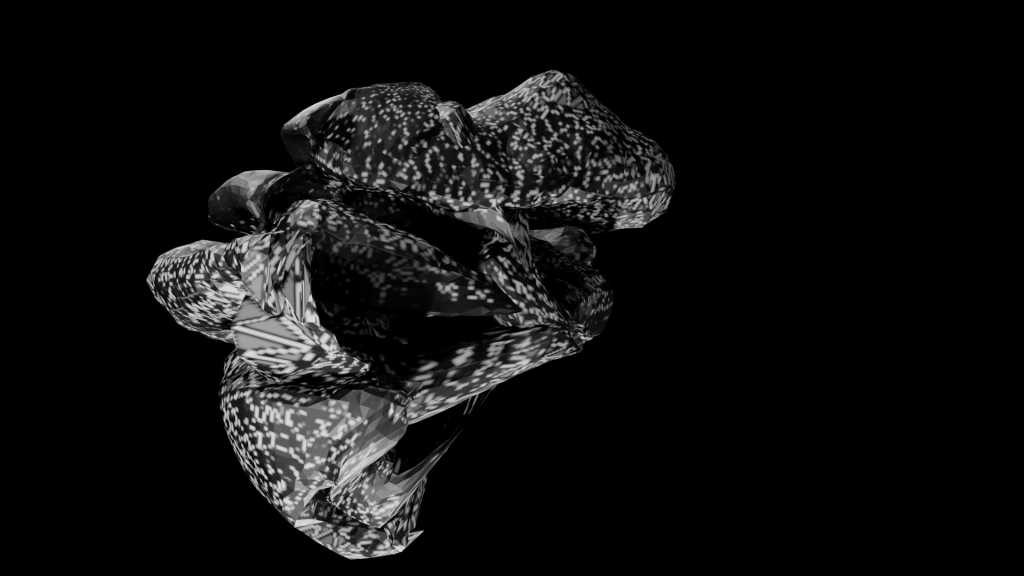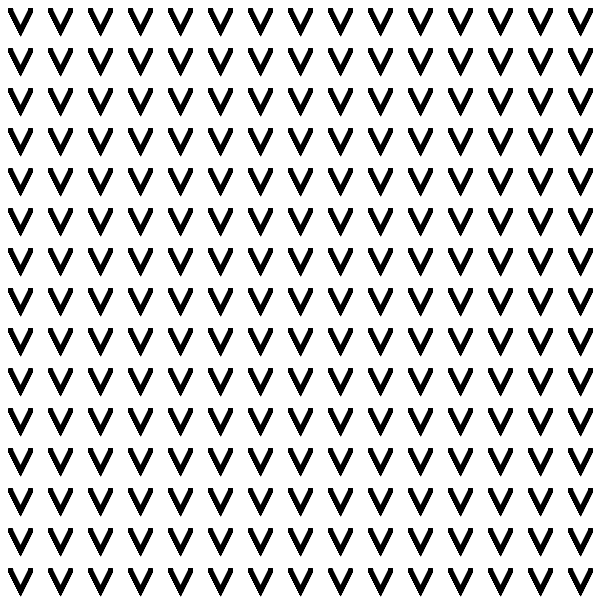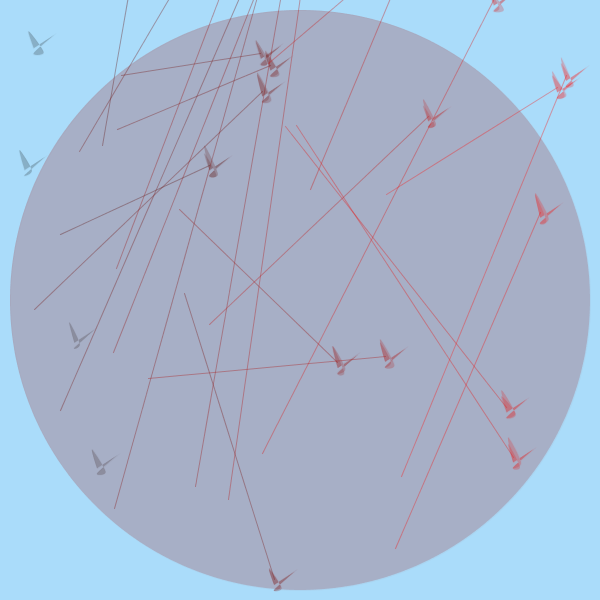
My project came to be from an interest in an idea, word, motion, and or feeling. I am still unsure how to categorise it, and believe that it can be a part of all, some, none, or something not listed in the above.
I came to learn through my project that it, opening, is very multifaceted in our lives. When given some thought, this common thing becomes quite unknown and fluid in definitions. While peeling an orange I realized how accustomed I have become to opening in my life. The act of peeling an orange had become mundane because of its redundancy. However, it is a very interesting interaction with an object. Peeling, a form of opening, is a precise destruction. Different objects have specific motions to be opened that are unique to them. These actions can change the object entirely, and render it completely unrecognizable from its original form. You would not be able to guess what an orange would look like after being peeled if you had never seen it before. You had to learn how to interact with the orange in a precise way to get the result you wanted. This learning was the learning of how to open an orange.
Opening is performed reflexively. We reflexively peel an orange, without realising how specific our action is and the astonishing result of it. For my project I wanted to focus on opening. I started with this broad idea and struggled along the way in how I wanted to represent it. I thought about words associated with opening: accessibility, exposing, and where and when you cross the threshold of opening. I wanted to mess with some objects and try and answer questions like:
- Is there a pattern in how you can open things?
- Can I close it after opening it? Can you close all objects that have been ‘opened’?
- Can the same thing be opened in different ways? Do different ways of opening lead to different things?
- Can you apply the method of opening one thing to another?
- If the original object and an opened version were placed next to each other, would you be able to tell if they came from the same source?
- Can you open an opened object? How many times can I open something?
- If I open something a few times, and then close it a few, and then open, and close, etc, what will happen to the object?
I debated in the beginning on whether I wanted a digital or physical form to carry this idea. I thought a digital form would allow more flexibility in how I wanted to work with motions and objects. Angela suggested I try Blender. I began to teach myself the software, and in that process discovered motion tracking. From there I then knew I wanted to track the motions of objects opening and then make a sort of sculpture with those motions in Blender.
The first two objects I tracked were an orange and a door. From there, I decided that I wanted to see what these motions of opening would look like applied to different forms. It was very important to me that I not just animate objects in Blender, but apply the motions of actual physical objects and their shakey, imprecise, motions that are unique to them. Every door you open opens a little differently, even if they are designed the same. Not only this, but who opens them changes this movement too. I wanted to capture the human interactions with objects being opened and how these openings are isolated to a single moment in time.
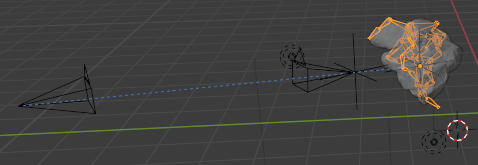

Around this point I began to feel like how I was representing opening was straying too far from the initial conception. I had brainstormed and filmed some more openings, and begun to feel like I should work with something new. I found out that hardware that controls the opening of some objects, like hinges, have their own unique motion but also have parts within them that match the movement of the object they control. I thought about objects that open without your interactions, like popcorn with heat, or flowers with the sun. I got a bit stuck in the project here, debating if I was taking it in the right direction, but eventually decided to continue with Blender. What I was making was a way to represent opening. There are multiple ways this project could have gone, especially with such a broad idea. I decided to stick with this version, and explore all that I could within it.
In order to move on with the project I wanted to ground myself. I made a goal for what I wanted the project to communicate. I wanted to:
- Take opening out of the invisible/unthought realm into the visible/noticeable realm
- Show how opening is absurd and slightly supernatural
- Encourage the viewer to think about opening as I had done, considering where it appears in their lives and how there body reacts and performs opening
I had filmed some other forms of opening and picked one, a folding door. I enjoyed how it goes through dimensional shifts, 2D > 3D > 1D, or a plane > a creased plane > a line. I decided I wanted two folding doors, so cut the single object I had been applying the motion to down the middle. I then copied and mirrored the motion onto the new half, and had a dual folding door, and some visually interesting negative space, an important characteristic to opening doors.
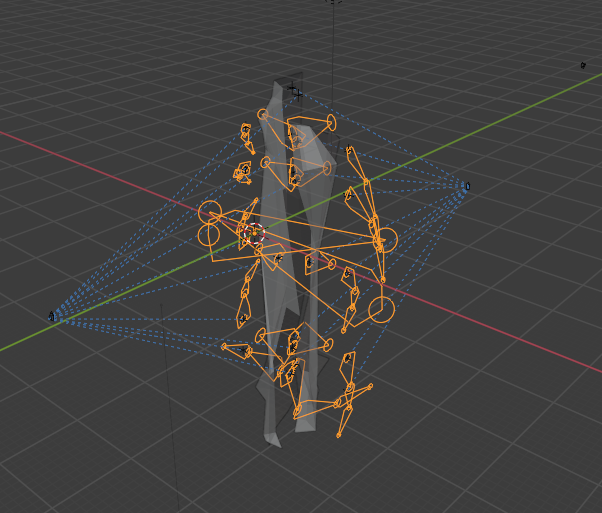
I decided to texture the objects with screenshots of how Blender unwrapped (split up the object so that it became 2D and could fit on the plane of an image) the objects. How Blender unwrapped the objects is a sort of opening that I wanted to include.
I chose names for each animation by how their opening is classified. For example, doors that swing both directions are called ‘double acting doors’ and because it was a single door I called it ‘a single double acting open’. I did not want to directly reference the original filmed objects, and instead focus on the opening motions. Therefore, ‘door’ or ‘orange’ was not included in the titles, but rather ‘open’, to directly reference that these animations are openings.
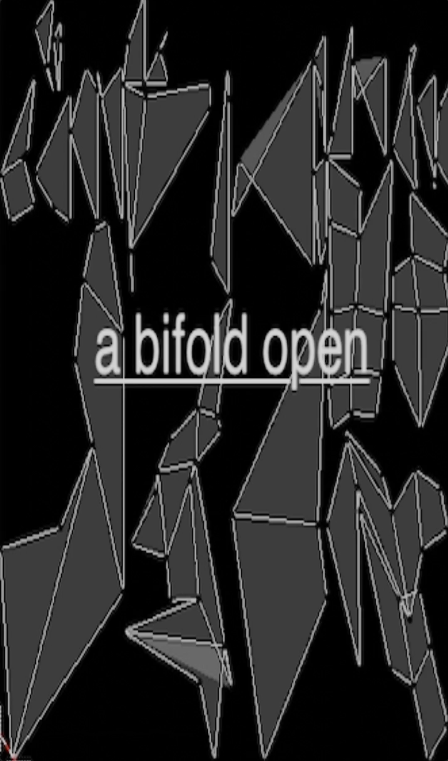


For my final piece I added the images of the unwrapped skins of the objects as backgrounds for title slides before the animations. I think that the titles slides added a lot to the perception of the movement. While the titles are still a bit unclear, what is clear is that opening is a part of the scene. The title slide eases you into the following animations, takes away some of the unknown in the animations. The titles along with the black and white color scheme are very declarative and add a scientific, information aspect to the objects.
The stretching deformation of the title slides was initially a mistake that I decided to leave in. I think that it helps keep the following animations form seeming too clinical, and preserving some of their supernatural qualities.
In the end I learned so much from this work. I taught myself a new software, thought deeply about opening, and learned from the process of trying to work with a large scale idea within a time limit. At times I was unsure how I wanted make the exploration of opening into a thing, and I thought about this project more than I did the project. I don’t think I am done with exploring this idea.


